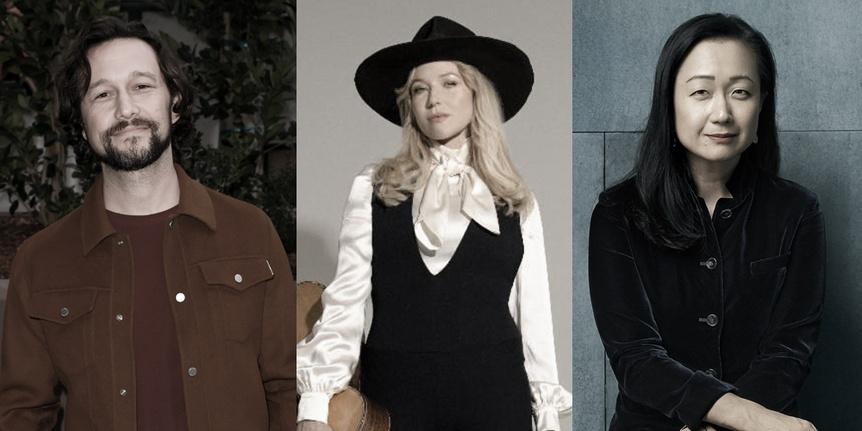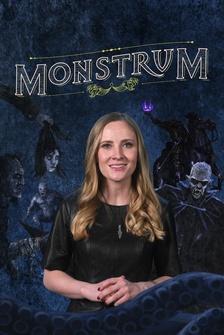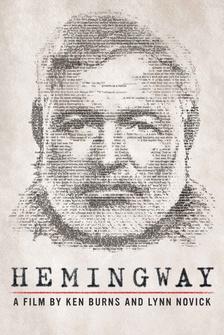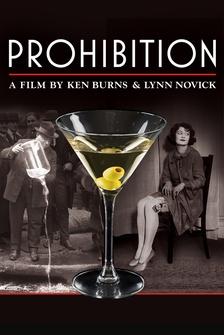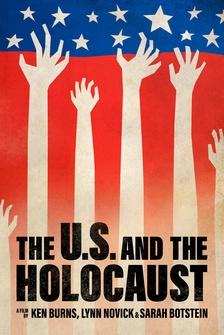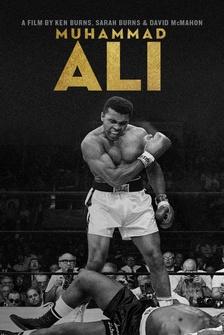(crowd chattering) (tense music) - [Sports Announcer] Fans draw your attention to the Cure Auto Courtside Club.
Let's all give a warm Detroit Pistons to Sydney James!
- I'm inspired by Detroit, first and foremost.
I'm a native Detroiter.
My dad was a foreman.
My mom, you know, was born and raised in the Jeffries Project.
We're abundantly Detroit, if you will, and that's where I draw my inspiration.
I draw my inspiration from current events, the status of the Black woman in society, in the world.
That's really what I focus most of my work on.
Right now, my favorite is mural painting because you have a bigger audience, an unintentional audience.
The one that stands out the most is literally the largest 'cause it's 8,000 square feet.
Like, how can you miss it?
It's a tribute to Detroit.
It is a tribute to that area, which is the North End.
A Detroit, you know, dream, if you will.
(low rhythmic music) (dog barking) Hey, Ma.
Hey there.
The neighborhood I grew up in is Conant Gardens.
It's the first neighborhood where Black people were allowed to build and own their own homes.
Pistons starter coat.
Detroit is such a special place to grow up in because it's the epitome of Blackness and all that it encompasses, and Black love, specifically.
Like, the painting I'm painting right now, right?
It's my mom.
She's one of 12.
Same parents from the south, from Shorter, Alabama.
They grew up in a two-bedroom, and they would house people that were coming up here from the south.
That's really, "I'm coming up here to make it, and I'm gonna help you make it, too."
Hey, Ma.
- [Deidre] Now that's my oldest sister, Thomasine, but we called her Jean.
She was the one who had the burden of taking care of the rest of us.
So it was really a shattering moment when she passed away for all of us.
And I probably think that happens in every family when the first person that's close to you pass away, and you don't know what you're supposed to do.
- What I see in my mom when I look at the image is happiness in a real way, in a carefree.
It's crazy because I don't know if I've ever experienced her this way.
'Cause I feel like that probably changes once you have children.
Then, of course, once you start dealing with constant grief.
I'm about to paint a mural of a dear friend of mine, Waajeed.
He recently signed a record deal, and part of the promotion is they want a mural painted of him.
And he reached out to me, and I was honored to accept.
(upbeat music) - Our deadline is on the 18th.
- [Sydney] For real?
- It is.
So what's gonna happen is like, we took pictures for Sydney to do what she does, and then we take pictures of the mural, and that'll be the album cover.
- No pressure.
So many cameras, no pressure.
- You got this.
- Yep, we got it, brother.
- You can do the high spots, I'll do the low spots.
Put her up on the ladder.
- Oh, I don't work on ladders, baby.
That's dangerous.
- You just have to know how to do it, that's all.
It's all about technique.
- Oh no, I operate lifts and buckets.
That's what I'm talking about.
I'm not working on the ladder.
- [Male Speaker] What's the biggest job you've done?
How high up have you had to go?
- 108 feet.
- [Male Speaker] Really?
- Yep.
(upbeat music) - [Waajeed] Hey, Syd, does that happen to you often?
Like you kind of gotta be in a position where you gotta provide a (beep) resume for people and (beep) - Literally every single- - [Waajeed] Why do you think that is though?
- I'm a woman.
I'm Black.
I'm five four with freckles.
You know what I'm saying?
Like, you would be surprised.
They even asked me like, "Oh, are you just, "is this your work or are you just coloring it?
"Did somebody else do this?"
Like, it's never me because how could it be?
- Right.
- [Sydney] It's ridiculous.
- But I couldn't imagine what it's like from your point of view, but I know I've seen it.
- But it's all good.
Waajeed, I can see you.
- [Waajeed] It ain't all good though.
It sucks.
- It does suck, but this is why we create space.
This is why you're making a school.
This is why I co-founded BLKOUT Walls.
(upbeat music) I never created in a space like a mural festival where there was another Black woman creating a mural, until I created my own mural festival.
Until I took on mentees, and I started giving them walls.
The inaugural BLKOUT Walls Mural Festival came to Detroit because we all agreed that black love resides here.
Black creativity resides here.
It belonged here first.
It was conceived by myself, Thomas Detour Evans out of Denver and Max Sinsing out of Chicago.
Basically because of our shared experience participating in mural festivals, and it was always a lack of representation.
When kids come by with their parents, and they see us creating, it's really inspirational to them because they can see there's a future in being a creator.
- For many, many decades we've seen dilapidation, we've seen the wear and tear of the buildings.
We've seen them being unoccupied, unattended and ignored.
So when the BLKOUT mural festivals came, it was like a type of surgery because these buildings were being mended back together.
There are people here that have been here for 100 years, and we're not going anywhere.
(upbeat music) - I hope that this mural and Sydney's work can bring inspiration to the space.
It's her spirit that really has put her where she is and where she's gonna land.
I even noticed that spirit in her mom and in her aunt.
(upbeat music) It's an energy that just represents those who been counted out, been forgotten about.
(upbeat music) - This is my aunt Kathryn.
Kathy is what we call, or Kat.
She's an artist.
But yeah, this is just my go-to person.
She's my aunt, but she's also my person.
I'll take off my mask.
- [Aunt] So you're gonna paint me as an angry Black woman?
- Yes.
- Okay, it's very good.
(Aunt Kathy laughs) I'm probably still an angry Black woman.
- Aren't we all?
How could we not be, honestly?
- True, true, true, true.
- [Sydney] What made you the angry Black woman?
- Probably being a well educated Black woman who couldn't find a job.
- [Sydney] Yeah.
- Advertising agencies at that point, at least around here- - [Sydney] Weren't really hiring us.
- Yeah, they weren't.
They weren't.
- You were the one who made my mom and my parents period comfortable with me pursuing art.
Like, think about it.
You know it.
Even when that teacher said to my mom in kindergarten, like, you know, your daughter has abilities.
When she gets of age, you need to get her some extra, some art class, some real art classes.
She didn't know what that meant.
You guided her through that process.
(soft music) In a lot of my most recent work, I focus on women.
(people shouting) This video in particular is what changed the trajectory of my work.
- I want my mama, on God.
(people shouting) - Even Malcolm X himself said that the Black woman is the most oppressed person in this country, and the last few years have proven nothing else but.
Black women are treated as a doormats to the doormats.
Like, we are the last on the list.
I've painted myself as a doormat naked on the floor, and I laid it at the gallery entrance for a couple shows, and I saw in real time how people interacted with the piece, and I didn't like it.
- I felt like a first responder.
Like I wanted to be like, "Don't step on that!"
Like, I needed to, like I felt like I needed to do this for the whole show, just stand here like this.
But when I saw footprints on it, I wanted to cry.
(soft music) - It's interesting.
It still doesn't feel good.
(soft music) All of the marks came from people's shoes, dirt on shoes, people dancing on it, literally.
Oh, it's beer stains on it.
- When we talked about like how this was gonna go and what the concept was, I was like, whoa.
- [Sydney] Yeah.
- That's (beep) brilliant.
We honestly carry that every day.
We carry it and we prepare for it.
We know, as Black women.
- We do.
- That's what happens, and we can talk about it in different circles about how world steps on us and this or that.
- How we move outta people's way.
It didn't feel good 'cause it's my work, you're walking on my work, but you're also walking on me.
Literally.
So, I flipped it.
And I made the decision that day, I was going to paint nothing Black women as large and grand as I could.
(upbeat rhythmic music) (upbeat rhythmic music continues) - Being a part of this project is more than just my face on the building.
You know, this is my neighborhood.
My family's been here for three generations.
My children are the fourth.
When I look at this mural, I see community.
- [Sydney] What is the disruption?
- [Friend] Putting a Black woman in those spaces where most people don't acknowledge her existence.
- Like our existence as Black female creators is activism, and that's kind of crazy to me.
(soft somber music) (upbeat drum music) After George Floyd's murder, a Facebook friend of mine posted an old article about Malice Green who had been beaten to death by cops back in 1992.
He actually got a conviction.
Detroit artist Benny White Jr. painted a mural of malice at the scene of the crime.
The article made note that the mural had been destroyed against community's wishes.
And I thought to myself, "Oh (beep), I need to paint another Malice Green wall."
But at the time, I wasn't painting men, and I also don't do memorial walls because essentially a lot of people think that that's all the public art that Black people do.
In my mind, I had to make it bigger.
Bigger than Malice, bigger than George.
It had to be bigger.
And my idea was for the names of the victims of police brutality from the time I was born, 1979, all the way to 2020 will go on the wall.
It's impossible.
It was impossible.
- [Bakpak] We all fell into a puddle of tears.
- Everybody said, I'm tough.
I wasn't gonna let y'all see me cry.
(all laugh) - [Marian] They helped you on that one?
- Not even helped.
Like, they took the burden.
- Oh really?
- Because there is no database.
It doesn't exist.
- [Marian] Very hard.
- Yes, so they, along with Helena Castell, Sabrina Nelson, they all researched and found these names of these murdered victims.
Many of the victims were under age 18.
They were children.
If the victim was trans or part of the LGBT community period, nobody was even looking for them.
Over a thousand names graced the walls.
So yes, I introduced men back into my work because now I'm focusing on the bigger picture, and that's creating a safe space for us.
So process is ever evolving, it's ever changing.
Today, it's about family.
Family is not only your relatives, but it's community.
It's a feeling of safety and nurturing.
- What I can tell you about these loving people, these are my first loves.
These are the standard bearers.
- [Friend] When I think of this family, they look like guardians, right?
- It is not the the pose of aristocracy that we know, right?
That's not what- - She got that what up though stance.
That's a what up though stance.
- [Sydney] But for us, these are our postures.
That is the way auntie who is like holding it all down.
Don't try it.
I like that this is showing Blackness in its elegance, in its aristocracy, right?
- [Friend] In its fullness.
- [Sydney] But in its own voice.
And that's why I paint loud and large.
Even if I'm painting small, I want you to see me.
(soft rhythmic music) (soft rhythmic music continues) (soft rhythmic music continues) (soft music fades)

